It is hard to get through a single week without hearing about SEXUAL HARASSMENT. Whether it is Harvey Weinstein, Larry Nassar, Roger Ailes, Bill O’Reilly, Les Moonves. In the first year after #MeToo began, over 400 men and some women have been publicly accused of sexual harassment. The impact of #MeToo and #TimesUp is without question when you consider awareness of sexual harassment and sexual assault. But no one really knows whether this women’s movement has actually improved the treatment of women in the workplace. Previous studies show that sexual harassment has remained relatively constant since the 1976-2017. In fact, Forbes, The Washington Post, and the New York Times, among others recently reported on new data from the Lean In Institute and Davos ran a story suggesting that #MeToo has made men afraid to mentor women to avoid accusations of sexual harassment.
In a recently published scientific article in PLOS One and practice piece in Harvard Business Review, my research lab shared data showing that #MeToo has reduced the most egregious types of sexual harassment in the workplace. In 2016, 25% of women reported being sexually coerced and in 2018, but that number declined to 16% of women in 2018. Unwanted sexual attention declined from 66% of women to 25%. Equally important, our data show that the negative effects that sexual harassment has on women’s self-esteem decreased. We believe that #MeToo showed how pervasive sexual harassment is; so women who had experienced harassment came to the realization that they were not alone, it was not their fault, and they can share their experiences with others. In contrast, we saw an increase in reports of gender harassment from 76% of women in 2016 to 92% of women in 2018.
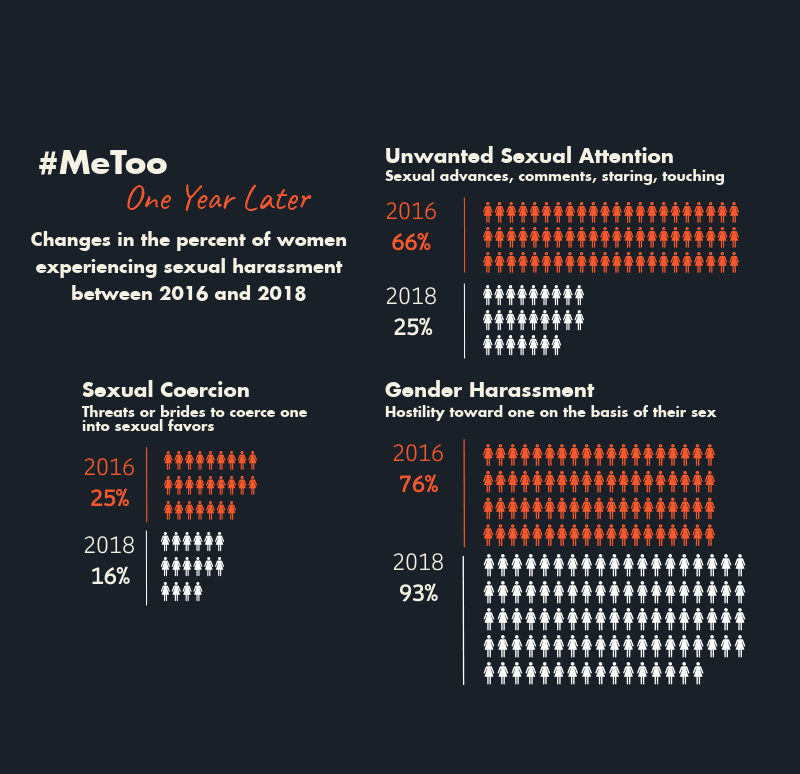
When did this all begin? Although it is never possible to totally explain how social movement’s begin, an analysis by the New York Times suggests that the defeat of Hilary Clinton and election of Donald Trump precipitated a women’s movement that gave rise to the #MeToo movement. Within 48 hours of its inception, #MeToo had 12 million Facebook posts and 15 million impressions (the number of times the content was displayed).
What is sexual harassment? According to the EEOC sexual harassment involves “unwelcome sexual advances, requests for sexual favors, and […] creating a hostile offensive working environment.” There are three types of sexual harassment: sexual coercion, unwanted sexual attention, and gender harassment. Sexual coercion involves threats or brides to coerce a woman into engaging in sexual favors. Unwanted sexual attention includes sexual advances, sexual comments, staring, and even touching. Gender harassment does not involve sex, per se, but involves hostility toward women on the basis of their sex. Often seen as the least egregious form of harassment, gender harassment is also illegal in the workplace and negatively impacts women by negatively impacting women’s self-esteem as well as physical and mental health.
Who participated in the study? The study involved qualitative and quantitative data collected in 2016 (a year before the start of #MeToo) and in 2018 (a year after the start of #MeToo). We interviewed 31 women and surveyed 250 women about their experiences of sexual harassment in October 2016, before the women’s movement began, as part of a larger project. We interviewed 21 of the same women from the original sample and surveyed another 263 women one year after the start of #MeToo (in 2018). The full details of the study can be found here.
Why did things change? In the qualitative interviews we learned about why #MeToo may have resulted in decreased sexual harassment and increased gender harassment.
I think the Me Too movement made folks at the administrative level say, ‘We have to be doing this.’ At the most basic level we need to at least be taking our sexual harassment training [a college professor, 40+, higher education].
There is fear and the fear has paralyzed people on some levels […]. The fear part is subsiding and now it’s turning to anger. It was rather disturbing […]. At least in the workplace there’s definitely this sort of anger towards women that’s cropping up [a lawyer, 30+, tech industry].
But the women also explained how #MeToo helped them feel more empowered and supported.
That’s why community is such a big deal and to talk about it. If you can do the thing where you actually go to even just one woman and say this happened to me and get encouragement. Then it kind of feeds on itself if you don’t stay isolated. It isn’t like I’m vindicated, it is more, I’m validated. [a top level executive, 40+, tech industry].
I think it [MeToo movement] has brought to light the fact that this isn’t a one-off thing, and by the way, a lot of women are impacted by it, which I think helps to get … help women who have been impacted by some sort of event that’s happened in their life to speak out about it, and bring it forward. So, I think that it helps with empowerment [a consultant, 30+, engineering].
How do we move forward? The answer is together. The women who shared their stories in the beginning of this movement did it alone. They faced an uncertain outcome for a brave act – and our data show that it had a profound impact on sexual harassment because it brought women together. Now, moving forward, we need to ensure that we bring men into the conversation so they are part of the solution, rather than fearing that they are seen as the problem. We need to raise awareness of gender harassment in the workplace and find ways to stop workplace incivility and aggression. I believe bystander intervention training (I created the DARE model) can empower everyone to step up and ensure that we are all acting in a way to create safe and inclusive workspaces for everyone.

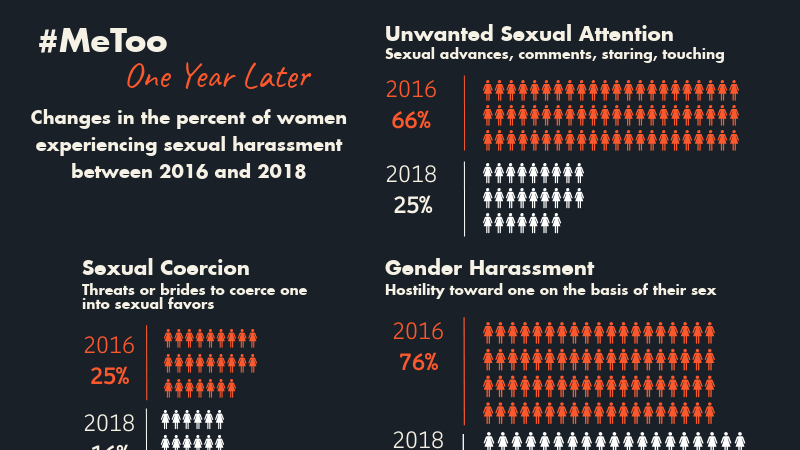
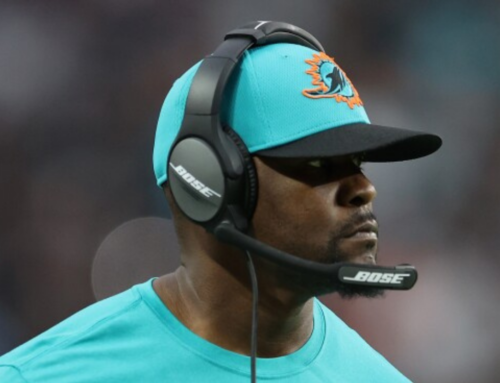
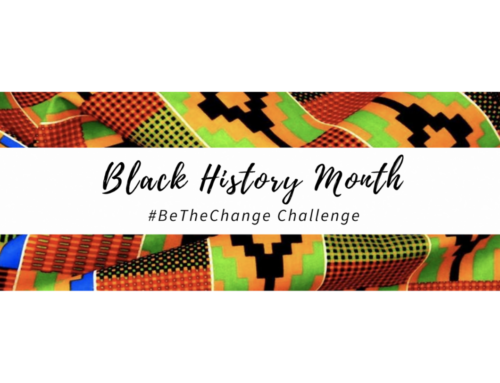

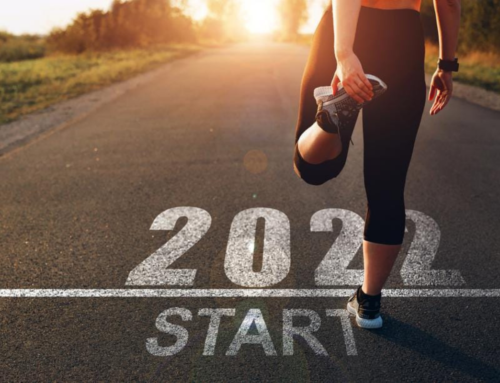




Leave A Comment